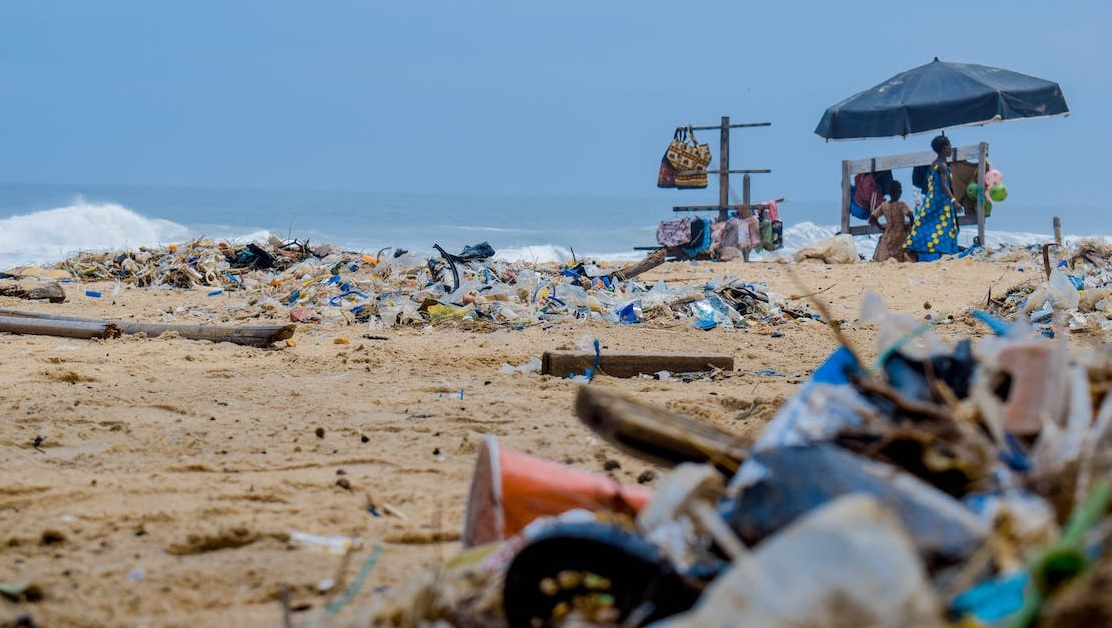Environmental Pollution: Causes, Effects, and Solutions
Introduction:
Environmental pollution has emerged as a global crisis, posing threats to the planet’s health and the well-being of all living beings. The degradation of air, water, soil, and ecosystems due to human activities has reached alarming levels. This essay delves into the causes, effects, and potential solutions to the complex issue of environmental pollution.
Causes of Environmental Pollution:
- Industrialization: Rapid industrial growth has led to the release of pollutants into the air and water. Industries emit harmful gases and chemicals that contribute to air and water pollution.
- Vehicle Emissions: The increasing number of vehicles on the road results in high levels of exhaust emissions, releasing pollutants such as carbon monoxide, nitrogen oxides, and particulate matter.
- Agricultural Practices: The use of chemical fertilizers, pesticides, and herbicides contaminates soil and water, affecting both terrestrial and aquatic ecosystems.
- Waste Disposal: Improper disposal of solid waste, including plastics, contributes to land and water pollution. Plastic waste, in particular, poses a severe threat to marine life.
- Deforestation: The loss of forests reduces the planet’s capacity to absorb carbon dioxide, contributing to air pollution and climate change.
Effects of Environmental Pollution:
- Air Pollution: It leads to respiratory diseases, cardiovascular issues, and reduced air quality. Particulate matter and pollutants like sulfur dioxide and nitrogen oxides can have serious health consequences.
- Water Pollution: Contaminated water sources cause waterborne diseases, impact aquatic life, and disrupt ecosystems. Chemical runoff and industrial waste contaminate freshwater bodies.
- Soil Pollution: Soil pollution affects crop quality, reduces agricultural productivity, and can lead to toxic accumulation in the food chain.
- Biodiversity Loss: Pollution disrupts ecosystems, causing habitat destruction and endangering plant and animal species. The loss of biodiversity has long-term consequences for ecosystem health.
- Climate Change: Greenhouse gas emissions contribute to global warming, resulting in rising temperatures, sea level rise, and extreme weather events.
Solutions to Environmental Pollution:
- Transition to Clean Energy: Investing in renewable energy sources like solar, wind, and hydroelectric power reduces reliance on fossil fuels and cuts down greenhouse gas emissions.
- Improved Transportation: Promoting public transport, electric vehicles, and carpooling can reduce vehicular emissions and air pollution.
- Regulations and Policies: Governments must enforce stricter regulations on industrial emissions, waste management, and chemical usage to curb pollution.
- Waste Management: Implementing proper waste segregation, recycling, and waste-to-energy conversion can minimize solid waste pollution.
- Afforestation and Reforestation: Planting trees helps combat air pollution and promotes biodiversity.
- Educational Campaigns: Raising awareness about pollution’s impact and encouraging sustainable practices can empower individuals to make environmentally conscious choices.
- Technological Innovation: Research and innovation can lead to cleaner production processes, improved waste treatment, and better pollution control technologies.
Role of Global Cooperation:
Environmental pollution is a global challenge that requires collaborative efforts:
- International Agreements: Agreements like the Paris Agreement on climate change facilitate global cooperation to mitigate pollution’s effects.
- Research and Sharing of Best Practices: Sharing knowledge and research findings can accelerate the development and adoption of effective pollution control methods.
Conclusion:
Environmental pollution is a grave concern that demands urgent attention. The effects of pollution transcend borders, impacting ecosystems, economies, and human health. It’s imperative for individuals, communities, industries, and governments to unite in a concerted effort to reduce pollution levels. By adopting sustainable practices, embracing cleaner technologies, and making conscious choices, we can work towards a healthier planet for current and future generations. Only through collective action can we reverse the damages caused by pollution and preserve the Earth’s natural beauty and resources for generations to come.
Read More Essay on Pollution
Essay on Air Pollution
Essay on Noise Pollution
Essay On Pollution For Students – Types of Pollutions, Causes and Solution
Essay on Water Pollution: Causes, Effects, and Solutions

